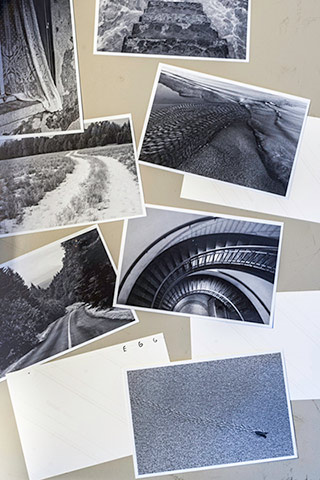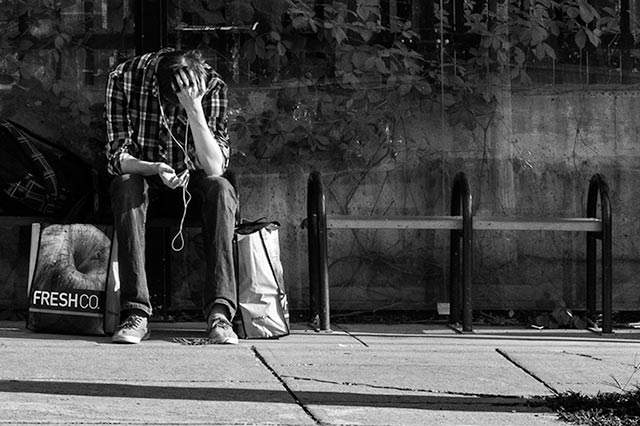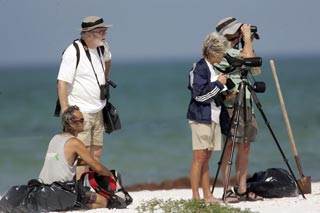
MC Exit 474 – Cobourg Lighthouse
Lake Ontario, Canada
The ultimate goal in editing our images is to allow our best photographs and personal vision to be brought forth to the world. Editing is in my mind one of the most important aspect of image making, in that digital photography allows us to make hundreds of images of subject matter. The more images we make the more difficult it is to eliminate the poor images and to highlight and find the good images. Yet it is these good images that define our work and create our vision.

In Part 1, I had discussed how to reduce your image edit to three star rated photos in post processing with Lightroom. The next step in the process is to print off my 3 star images into small 4 x 6 or even 5 x 7 inch prints. Making these fairly inexpensive prints allows me the ability to better assess the images by spreading them out on a table or the floor and more importantly allows me to easily obtain the opinion of others. I find that giving friends, family and other photographers a stack of images on 4 x 6 inch prints and asking them to put their initials on the back of the favorite images is helpful to the editing process. The most well received images in this process usually have a similarity, in that many people are moved by the same images.
After this process, the most popular selected images, as well as my personal favorites, even if different from the masses, now become my four star images. The remaining images, greatly reduced from the beginning of the edit are now printed larger to 12 x 18 inch prints and tacked to a wall. Printing the images larger and putting them on a wall allows me to live with them for one or two weeks and I see things over time that I wouldn’t have noticed. This technique of living with the images was passed on to me by a master photographer named Arnold Zageris, who is a member of a print guild I belong to in Peterborough, Ontario. His main goal here is to easily recognize the parts of an image that don’t work over time, and at the very least, ways to improve the print (areas to lighten or darken). I have found this technique works well because an image being on the wall and in my face gives me a chance to see if it still works over time. This test is the final part of my editing process. Whatever images survive this wall endeavour make it into my projects and portfolios.

The Long Day
Peterborough, Ontario
I fully realize that this long editing process at first seems excessive, yet I believe it is necessary to eliminate bad images. I have been at fault over the years of not editing well – of putting bad images into projects and to have let my emotions get in the way of showing my best work. With enlisting the opinions of others and studying my images over a longer period of time I have become better at realizing my strongest images. Part of improving oneself at this process is to look at the images of other successful and well-received photographers. The more you immerse yourself in the works of excellent photographers the better editor you become of your own images.

Harvey Bank
New Brunswick, Canada
David Hurn a famous Magnum photographer has said that you need to judge your images by “what is wrong with them and not what is good with them”. Although this statement doesn’t seem so earth shattering, the reality is that it really changes the way you look at images. David Hurn in his conversations with Bill Jay created a book entitled: On Being a Photographer: A Practical Guide. This is an essential book to read. The editing numbers given in this book are daunting. He says it takes 700 images to create an edit of 7 good images for editorial purposes and 3600 images to create 1 good exhibition image. Creating a series of good images in David Hurn’s opinion requires a serious commitment to the craft, and in this premise, is what I believe separates a good photographer from an ordinary one.
Taking editing seriously and committing to making more images is a certain way to become a better photographer.
By Randall Romano
All text & photos: © 2016 Randall Romano. All rights reserved.




Leave a Reply